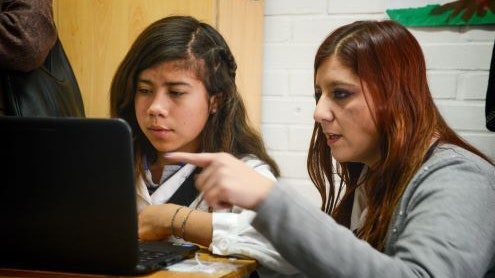Homepage
•
Learning Library
•
Blog
•
How To Develop Computational Thinkers
Expand breadcrumbs
Expand breadcrumbs
- Learning Library
- Blog
- How To Develop Computational Thinkers
- Homepage
- •
- Learning Library
- •
- Blog
- •
- How To Develop Computational Thinkers
How To Develop Computational Thinkers
By Jorge Valenzuela
November 17, 2022








